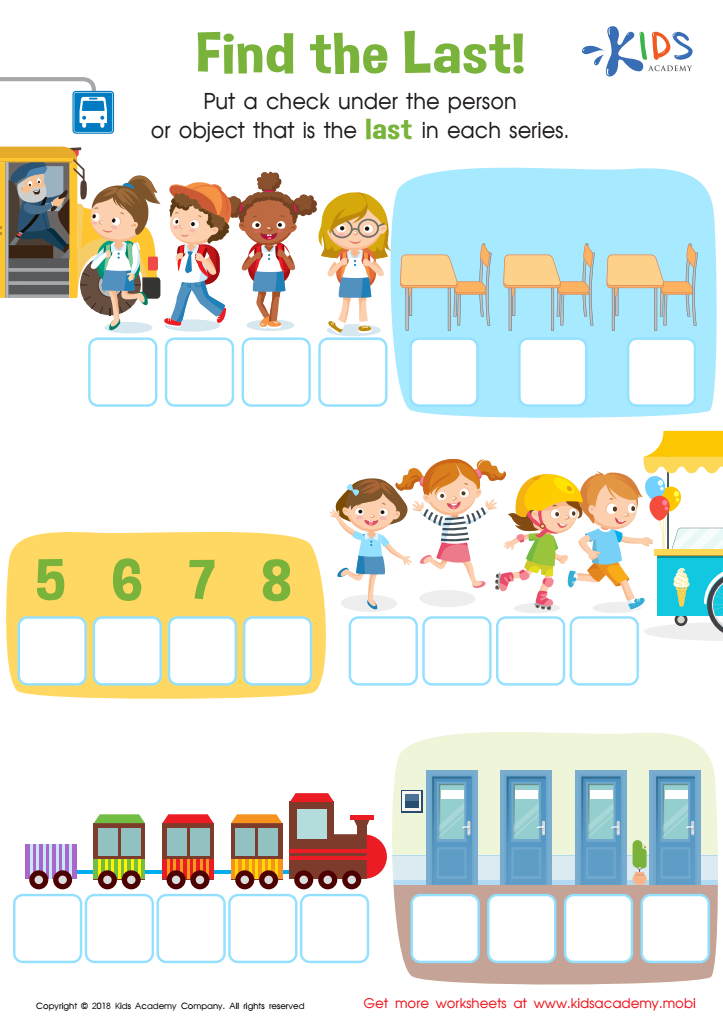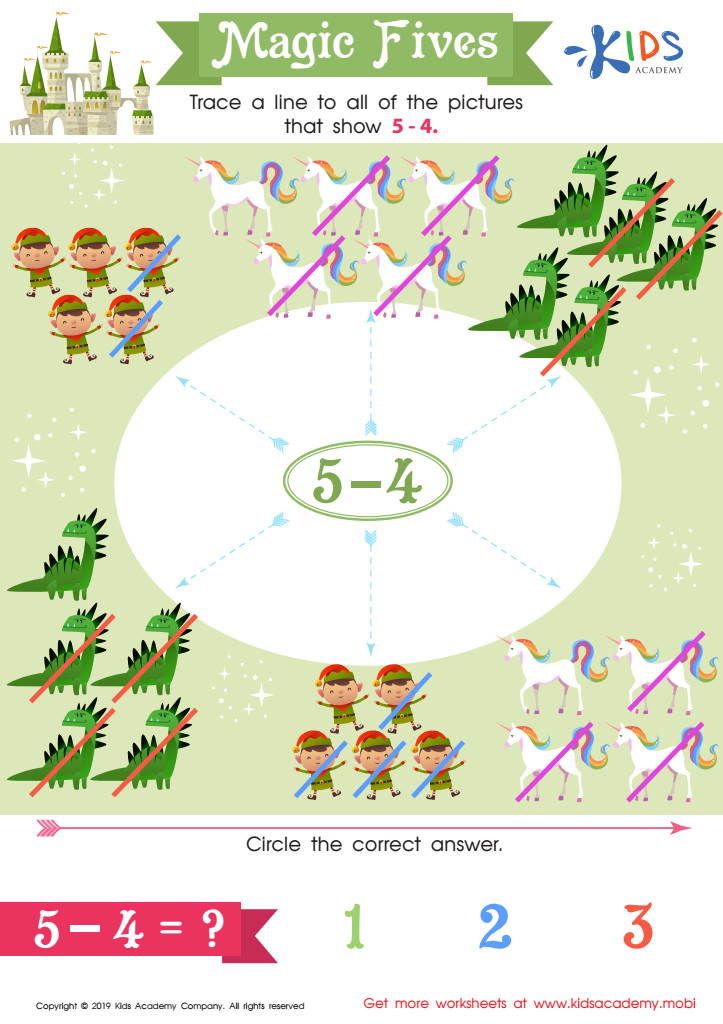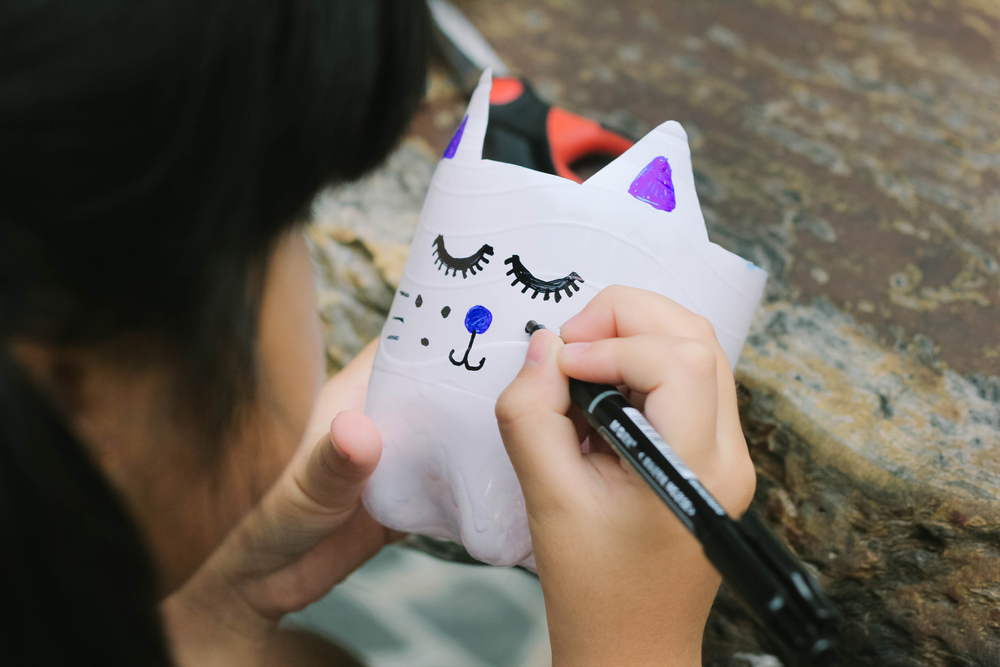Understanding patterns Normal Worksheets for 4-Year-Olds
3 filtered results
-
From - To
Discover the exciting world of patterns with our "Understanding Patterns Normal Worksheets for 4-Year-Olds"! Designed to foster early math skills, these engaging worksheets introduce young learners to the fundamentals of pattern recognition and repetition. Each activity is tailored to develop critical thinking, enhance visual discrimination, and improve fine motor skills through fun and interactive exercises. Perfect for home or classroom use, our worksheets provide a colorful and enjoyable way to explore shapes, colors, and sequences. Support your child's educational journey and boost their confidence with our thoughtfully crafted resources that make learning patterns a delightful experience for every 4-year-old!


Addition: Space Math Worksheet


Find the Last! Worksheet


Magic Fives Worksheet
Understanding patterns is crucial for 4-year-olds as it lays the foundation for cognitive development and future mathematical skills. At this age, children start to recognize and create patterns, which are essential for problem-solving and critical thinking. By teaching children to identify patterns in colors, shapes, sounds, and daily routines, parents and teachers enhance their observational skills and ability to make connections, promoting a deeper understanding of the world around them.
Moreover, recognizing patterns can boost children's language development by enhancing their vocabulary. For instance, discussing patterns in music or art helps them articulate their observations and feelings. Additionally, mastering patterns fosters confidence in young learners, preparing them for more complex concepts in mathematics as they progress through school.
Engaging children with activities that involve patterns, like sorting games or rhythmic clapping, promotes social interaction and cooperative play. This not only aids in social skills development but also keeps learning fun and engaging. By prioritizing pattern recognition, parents and teachers contribute to a well-rounded early educational experience that promotes logical thinking, creativity, and academic readiness, helping children build the necessary skills for future academic challenges.
 Assign to My Students
Assign to My Students





















